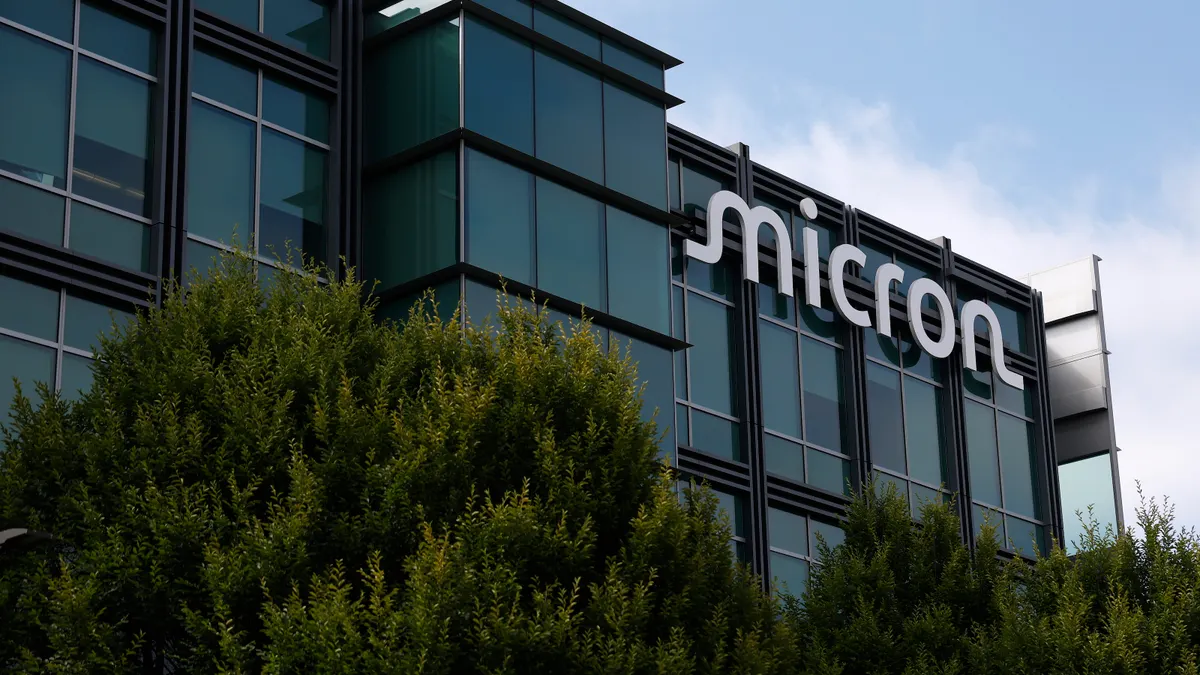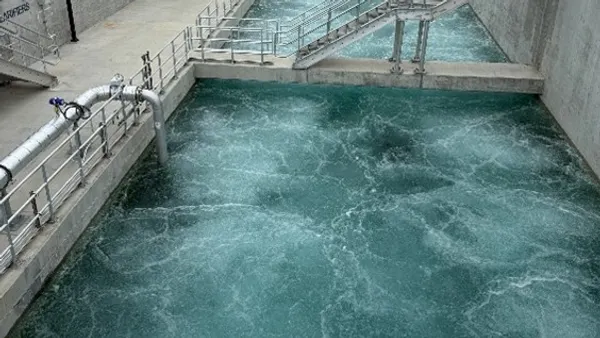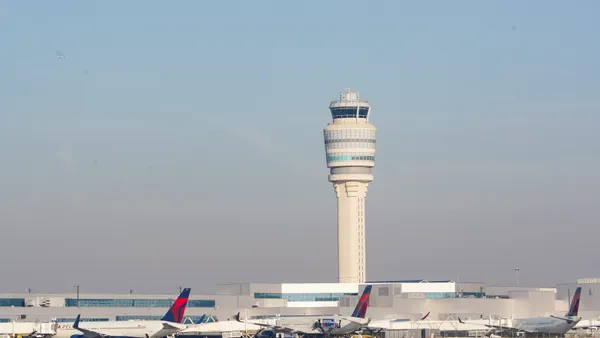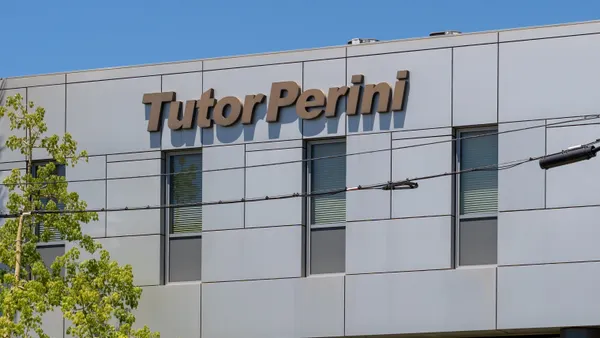Dive Brief:
- Replacement of the American Legion Memorial Bridge, which connects the Washington, D.C., suburbs of Virginia and Maryland, will be a top priority under Maryland Gov. Larry Hogan’s $9 billion Capital Beltway widening and upgrade program, WUSA 9 reported.
- The new bridge will connect to three miles of new high-occupancy toll lanes that Virginia is building and should reduce the four-hour window each day that riders face of bottleneck traffic in the four miles surrounding the bridge. Part of the highway system encircling Washington, D.C., the bridge provides Maryland commuters access to the city and is crossed by about a quarter of a million vehicles per day.
- Some property owners adjacent to the beltway have expressed concern about potentially losing land to the widening project, but Greg Slater, administrator of the Maryland DOT’s State Highway Administration, told WUSA that the new bridge would be built within the current span’s existing footprint, even if that means “stacking” lanes or placing them underground.
Dive Insight:
The American Legion Bridge replacement is part of a $7.6 billion widening of Interstates 495 (the Capital Beltway) and 270 in Maryland. The project will also include $1.4 billion of work on the Baltimore-Washington Parkway, which the state hopes to assume control of in negotiations with the U.S. Interior Department.
In November, MDOT issued a presolicitation information memo about the anticipated first phase of the project. The state estimated that this initial scope of work would cost between $2 billion and $5 billion and include the design, construction and financing of managed lanes from Virginia into Maryland, rehabilitation of the American Legion Bridge, followed by operations and maintenance of the new infrastructure for 50 years.
An industry forum for the project in December was attended by contractors, including minority-owned and woman-owned businesses; developers; prime engineering firms; investors and others from 13 different countries, according to Lisa Choplin, P3 project director for MDOT's State Highway Administration. The schedule that appeared in the solicitation projected that the state’s Board of Public Works would approve the project for a public-private partnership this month. The next step would be the issuance of an industry-wide request for qualifications in April.
Not everyone is excited about spending so much money on upgrading Maryland’s highways, though. In June, the U.S. PIRG Education Fund and Frontier Group released a report that identified nine "highway boondoggles,” with Maryland’s I-495 and I-270 projects among them. The report said these type of expansions siphon money away from more important highway and maintenance projects, reduce investment in public transportation, leave states in debt, increase traffic congestion and don't provide the anticipated economic benefits.












